1. Makeup Has to Be Heavy and Perfect

The beauty industry has long pushed the idea that a perfect, made-up face is the epitome of glamour. In the ’60s and ’70s, makeup was a mask of sorts—a way to transform oneself into an idealized version of beauty. Eyebrows were plucked to perfection, lips were meticulously lined, and eyeshadow was bold and dramatic. The look was polished, sometimes to an unrealistic degree, and any imperfection was considered unacceptable. In those days, wearing heavy makeup wasn’t just an option; it was the norm, especially for public figures and women who wanted to appear fashionable. The expectation was that makeup should cover up all imperfections, leaving no trace of “flaws” visible.
In contrast, today’s beauty standards celebrate individuality and natural beauty. Minimalism is the new luxury, with dewy skin, lightly filled-in brows, and a touch of mascara often being enough to create a polished look. The rise of the “no-makeup” makeup trend has made it clear that the idea of perfection no longer holds the same power. Many celebrities and influencers now embrace a more natural approach to beauty, often sharing unfiltered photos and embracing their flaws. The rise of skincare as an essential part of beauty routines has shifted the focus from covering up to nurturing healthy skin. It’s not about hiding imperfections anymore; it’s about enhancing what’s already there. Makeup now serves as a tool for self-expression rather than a mask to hide behind.
2. The Obsession with Tanning

Back in the ’60s and ’70s, a golden tan was the height of beauty. The sun-kissed look was a symbol of vitality, youth, and glamour. Many believed a tan made you look healthier and more attractive, a belief fueled by celebrities like Brigitte Bardot and Marilyn Monroe. Tanning salons started to pop up, and soon, the idea of a pale complexion was seen as dull and lifeless. The health risks, like premature aging and skin cancer, weren’t widely known or discussed at the time. People embraced the sun in its full, harmful glory, with sunbathing sessions lasting for hours. There was even a myth that a tan could conceal imperfections, leading to a widespread desire for bronzed skin. But as time went on, science caught up. Experts now warn against excessive sun exposure due to its role in skin damage, wrinkles, and cancer says the FDA. The idea of “sun-kissed” beauty has shifted, with skincare routines now focusing more on protection and nourishment than tanning. SPF is now a must-have, and those UV rays that once seemed so glamorous are now the enemy. The focus has shifted from baking in the sun to embracing healthier, more natural skincare habits. Even celebrities today, such as Alicia Keys and Emma Stone, have made waves by going makeup-free, showing that natural beauty is just as radiant. The obsession with a tan that once symbolized beauty now feels outdated, with fair skin or healthy skin tones becoming the new standard.
Now, the focus is on skin health and glow, not a tan. People opt for self-tanners and bronzing products that give a more controlled, less harmful way to get that sun-kissed look. Beauty trends are moving towards embracing one’s natural complexion, with much more focus on hydration, protection, and care rather than how many hours you spend under the sun. The days of tanning as a beauty standard are numbered, and it’s time to let go of the harmful obsession.
3. The Need for Thinness at All Costs
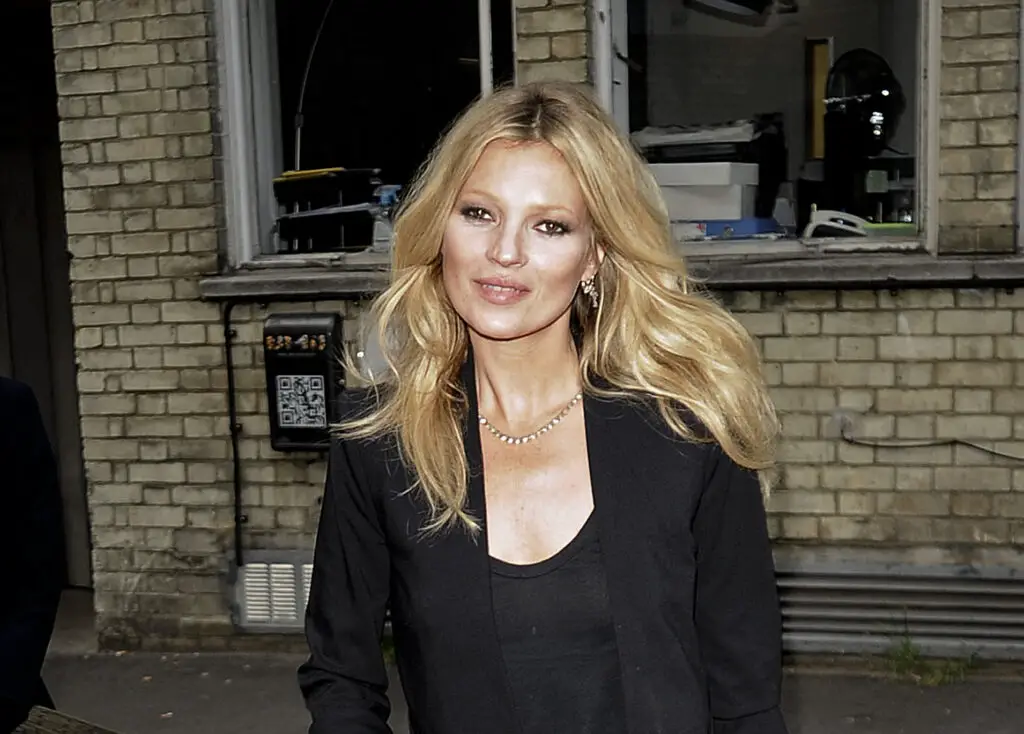
In the ’80s and ’90s, the thinner, the better. Supermodels like Kate Moss defined beauty with their waif-like figures, and a thin frame became the pinnacle of fashion and style. It wasn’t just the modeling industry that perpetuated this standard; it was all over TV, film, and magazines. The image of a woman with a flat stomach, narrow hips, and no visible body fat was etched into the minds of millions as the “ideal.” Being thin was equated with discipline and self-control, and those who weren’t thin often felt less attractive or valued. For years, people chased unrealistic goals to fit into a very narrow beauty standard, turning to fad diets and extreme workout routines explains Saveur.
The obsession with thinness has gradually begun to fade, thanks to a shift toward body positivity and inclusivity. Models and celebrities of all shapes and sizes are gaining representation, showing that beauty comes in many forms. Nowadays, there’s more of an emphasis on being healthy, strong, and confident in your own skin rather than fitting into a specific size. Social media has also played a role in redefining beauty, showcasing people who proudly embrace their curves, muscles, and unique body shapes. Brands have started to take note, with more companies launching diverse campaigns that feature models of all body types. The message now is about loving yourself as you are and rejecting the pressure to conform to a size or shape. While fitness and wellness remain important, the rigid idea of thinness as the ultimate beauty standard is being replaced by a more balanced and realistic approach.
4. Hair Must Always Be a Certain Length

In previous decades, there were very specific rules about how long or short hair should be, especially for women. Long hair, often styled in perfect curls or waves, was considered the epitome of femininity. Celebrities like Farrah Fawcett and Cher made long, flowing locks a symbol of beauty. It was almost a given that women would grow their hair out long and wear it with pride, and any deviation from this norm was often seen as rebellious or unfeminine. For men, short, neat cuts were expected in professional environments, giving rise to the classic “businessman’s haircut.” Even in the ’80s, a clean and styled appearance was essential, with longer hair often associated with countercultures or nonconformity.
Today, people are embracing all sorts of hair lengths and styles, regardless of gender. From buzz cuts to pixie cuts, there’s a growing recognition that beauty isn’t about conforming to outdated ideals of length. Celebrities like Zendaya and Emma Watson have rocked short, edgy cuts, showing that shorter hair can be just as glamorous and chic as long locks. The rise of gender-neutral and androgynous styles has also encouraged individuals to experiment with their hair without fear of judgment. Thanks to platforms like Instagram and TikTok, hair trends now focus more on individual expression than following rigid beauty standards. It’s no longer about keeping your hair long for the sake of beauty but embracing what makes you feel confident and comfortable. Whether it’s a shaved head or a bold color choice, hair is now an expression of personality, not just a symbol of femininity or masculinity.
5. High Heels Are a Must for Elegance
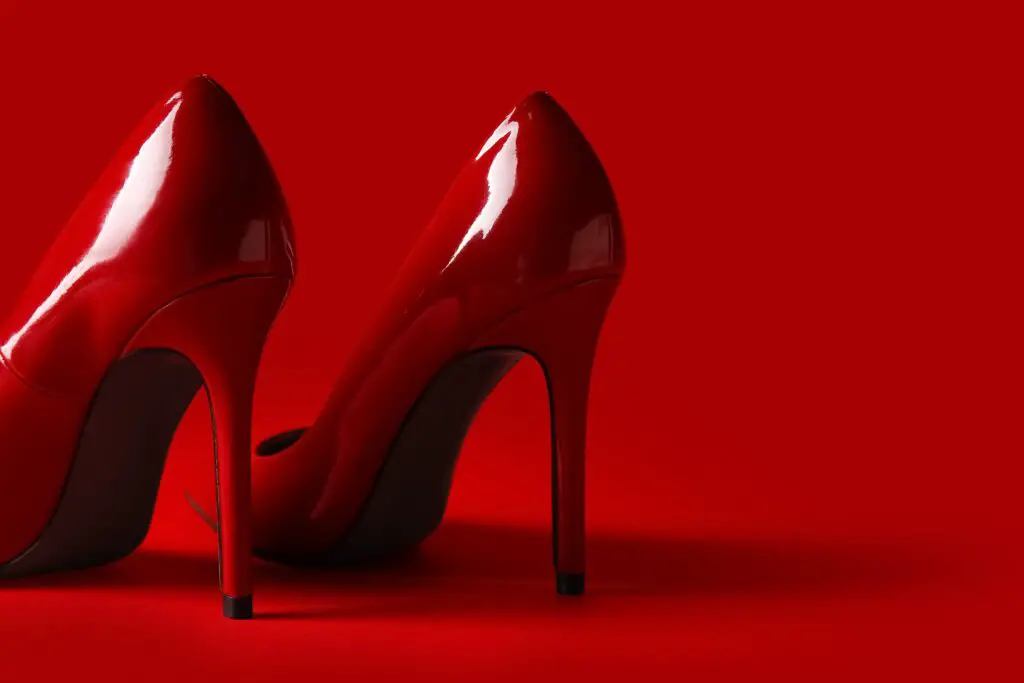
High heels were once seen as the ultimate sign of femininity and elegance. From the ’50s onward, wearing heels was considered an essential part of dressing up, whether for a night out or a professional setting. High heels were believed to make women appear taller, slimmer, and more poised, reinforcing traditional ideals of beauty. Celebrities and fashion icons like Audrey Hepburn and Marilyn Monroe were often photographed in stilettos, cementing the idea that heels were synonymous with glamour. It was almost as if wearing heels was a rite of passage into womanhood, and anyone who didn’t wear them was seen as less sophisticated or fashionable.
Today, comfort has taken precedence over conformity. Sneakers, flats, and even sandals are now popular footwear choices for both casual and formal occasions. Many people are rejecting the notion that heels are a necessity for looking put-together. Celebrities like Meghan Markle and Amal Clooney have been spotted wearing flat shoes at red carpet events, proving that elegance comes in many forms. The push for comfort and practicality has led to a shift in the way we view footwear. Wearing heels is no longer mandatory to appear polished or professional. Comfort is now seen as a priority, with people opting for shoes that allow them to feel confident and at ease without sacrificing style.
6. Skinny Eyebrows
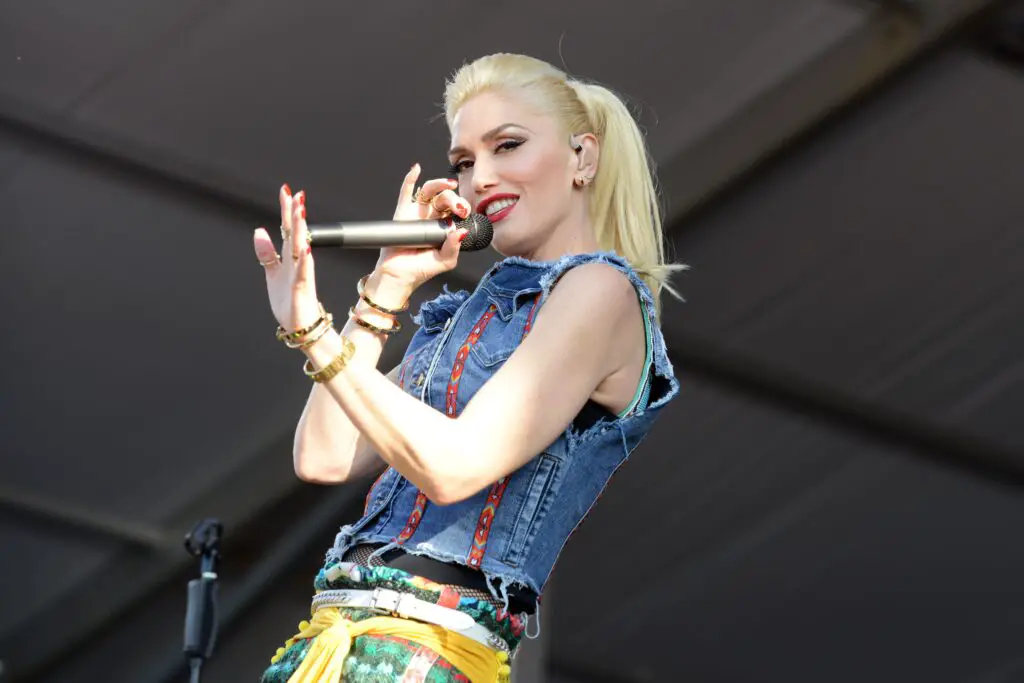
In the ’90s and early 2000s, ultra-thin eyebrows were all the rage. Women, in particular, plucked their brows to near non-existence to achieve a sleek, pencil-thin look. The thinner the better, with many people resorting to waxing or tweezing their brows down to a minimalist line. Celebrities like Pamela Anderson and Gwen Stefani were known for their super-thin brows, influencing millions of women to follow suit. The trend was everywhere, and having bold, full eyebrows was considered outdated or unrefined. Achieving the perfect thin brow was almost an art form, and any stray hairs were seen as a beauty faux pas says Yahoo!
Now, full and natural brows are the ultimate beauty goal. Thick, well-groomed brows are now synonymous with youth, vitality, and style. Celebrities like Cara Delevingne and Lily Collins have helped bring back the bushy brow, showing that a fuller, more natural look can be just as chic, if not more so. The popularity of eyebrow pencils, gels, and microblading has allowed people to achieve fuller brows without the need for excessive plucking or waxing. Eyebrows are now seen as a frame for the face, with an emphasis on natural shape and symmetry. This shift has empowered people to embrace their natural brows, freeing them from the pressure to conform to unrealistic standards of thinness.
7. No Wrinkles Allowed
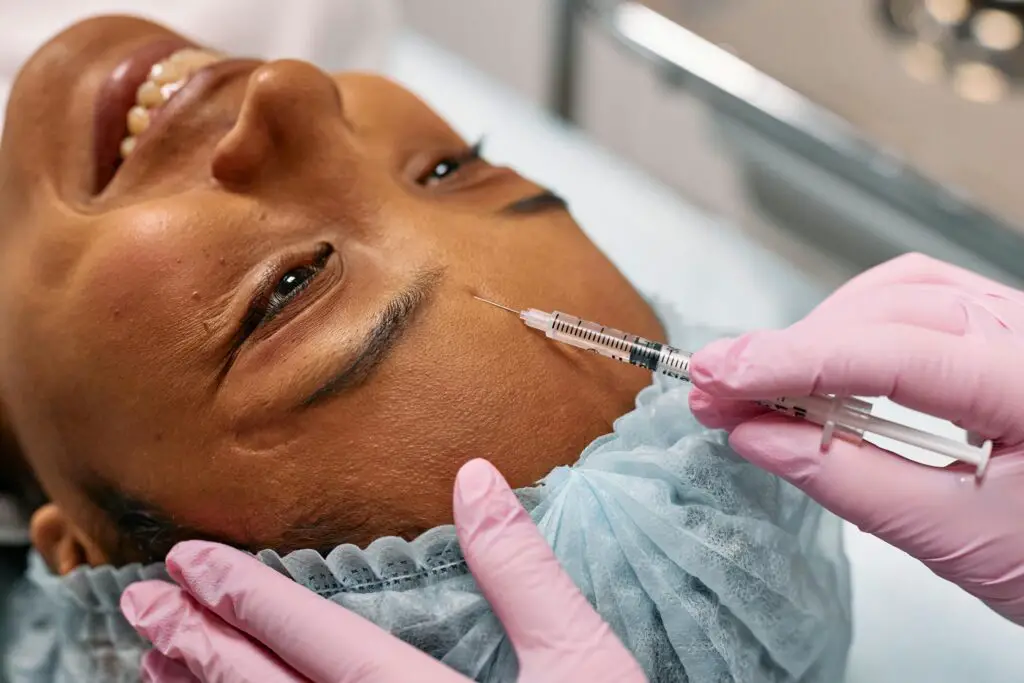
For decades, the idea of flawless, wrinkle-free skin was the gold standard of beauty. Wrinkles, sagging skin, and age lines were seen as signs of aging that needed to be hidden or erased. Anti-aging products became a multi-billion-dollar industry, promising to smooth out wrinkles and turn back the clock. Celebrities like Joan Rivers and others in Hollywood went to extreme lengths to maintain a youthful appearance, with cosmetic surgery and Botox becoming common practices. The message was clear: getting older meant losing your beauty, and maintaining youth was the only way to stay relevant in the beauty world.
Now, there’s a growing movement that embraces aging and the natural changes that come with it. People are more open about their wrinkles and aging skin, seeing them as a sign of wisdom and experience rather than something to be ashamed of. Anti-aging products have started to focus more on maintaining healthy skin rather than erasing wrinkles completely. Celebrities like Helen Mirren and Judi Dench proudly flaunt their natural beauty, proving that wrinkles can add character and charm. The idea that beauty is tied to youthfulness is slowly fading, replaced by the belief that beauty is timeless, regardless of age. Embracing the aging process has become a symbol of confidence, as people learn to love themselves at every stage of life.
8. Flawless Complexion = Beauty
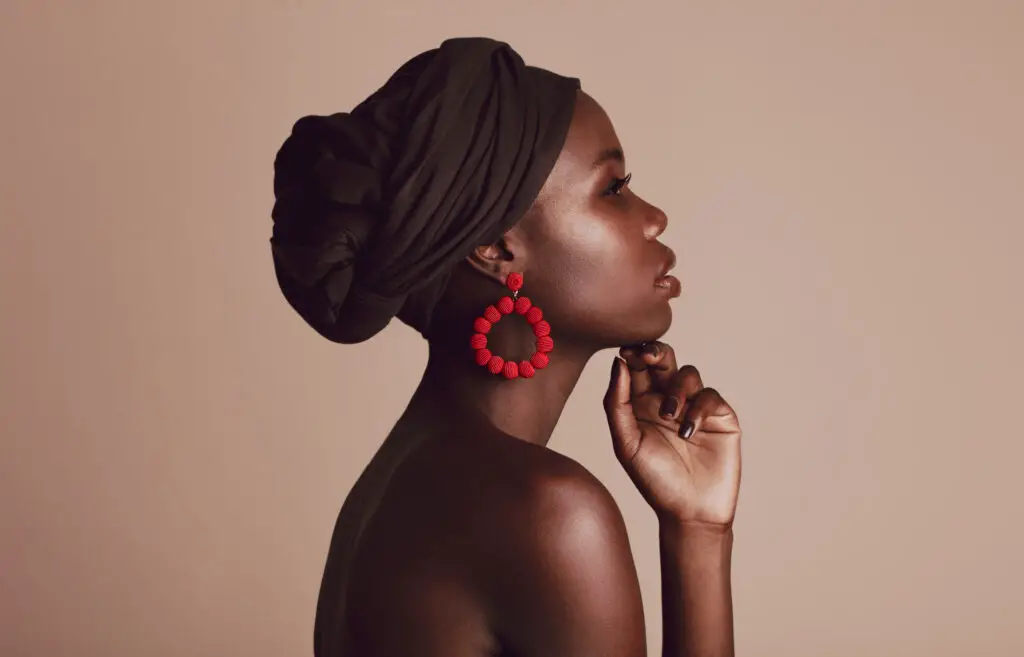
In the past, having a flawless complexion was seen as a non-negotiable beauty standard. Many people spent years trying to achieve clear, perfect skin, often covering blemishes with layers of foundation, concealer, and powders. The ideal was often unattainable, and people would turn to harsh products or extreme skincare regimens to cover up imperfections. The pressure to have perfect skin was especially high for women, with media and advertising promoting smooth, even-toned skin as a sign of beauty. Acne, scars, and discoloration were viewed as flaws that needed to be corrected at all costs.
Today, the beauty industry is embracing the idea that imperfections are part of what makes us unique. Skin texture, freckles, and even acne scars are celebrated as natural features that don’t detract from beauty. Influencers like Alicia Keys have advocated for going makeup-free and embracing a more natural approach to skincare. Social media platforms have also given rise to a more diverse range of beauty standards, with people proudly showing off their skin’s natural texture. Beauty is now about feeling confident in your own skin, whether it’s flawless or dotted with imperfections. Instead of covering up flaws, the focus is on skincare that promotes health and self-love, not perfection.
9. Dramatic Eyeshadow and Lashes

In the ’80s, bold, dramatic eyes were everything. Bright colors, heavy eyeliner, and voluminous lashes were used to create a striking look that was meant to stand out. The eyes became the focal point of the face, and the more dramatic, the better. Celebrities like Madonna and Cyndi Lauper embraced bright eyeshadows and heavy lashes as part of their signature looks. This was the era when the phrase “the bigger, the better” applied not only to fashion but to makeup as well. The goal was to create a bold statement, one that drew all eyes to your face.
Today, the beauty world has shifted towards more natural eye makeup, with subtle eyeshadows and lighter lash extensions taking the place of heavy layers. The “no-makeup” makeup look, which emphasizes natural beauty with minimal product, has become the go-to style for many. Eyebrow gels, simple mascara, and neutral tones dominate beauty trends. The emphasis is now on enhancing the eyes rather than overpowering them with bold, dramatic colors. Celebrities like Selena Gomez and Lily-Rose Depp are often seen sporting soft eye makeup that enhances their features in a more understated way. Even makeup artists are embracing minimalism, opting for delicate shades and softer lines instead of the intense eyeshadow looks of the past.
10. The Need for a Perfectly Chiseled Jawline
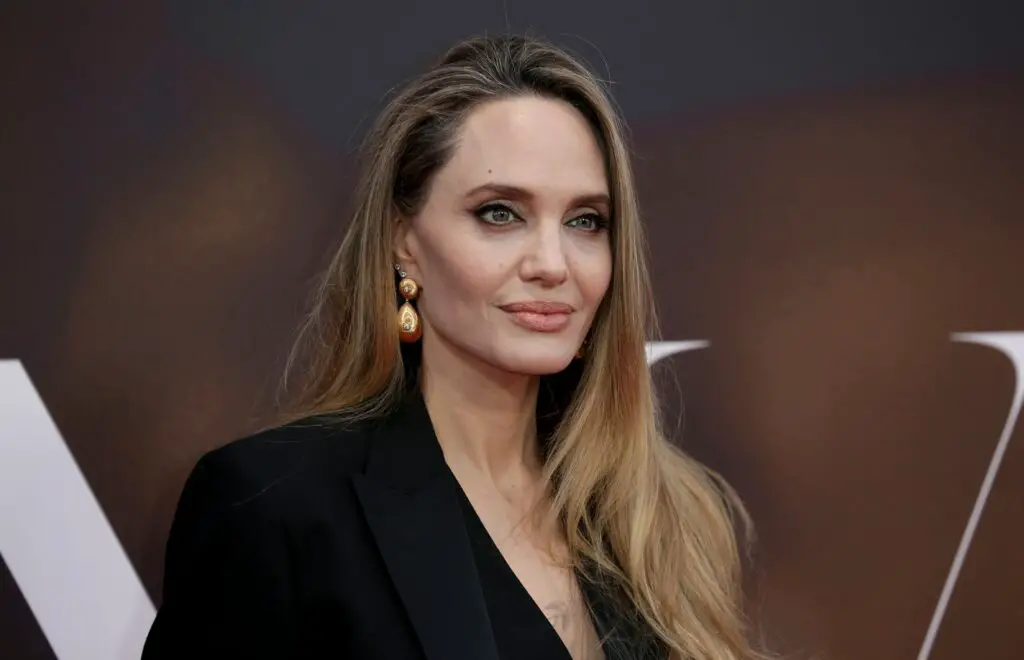
In the past, having a sharp, perfectly defined jawline was often seen as the epitome of beauty. Celebrities like Angelina Jolie, with her angular features, became the standard for what was considered attractive. The belief was that a strong jawline created a sense of symmetry and balance in the face, and many people went to great lengths to achieve it. This led to a surge in cosmetic procedures aimed at contouring the jaw, from surgeries to non-invasive treatments like Botox and fillers. The perfectly chiseled jaw became a status symbol of beauty, with people aspiring to carve out their faces in ways that were deemed ideal.
Today, beauty is embracing a more natural and inclusive approach, where different face shapes are celebrated. Soft, rounder faces are now just as appreciated as more angular ones, with many people opting for less invasive treatments that focus on enhancing their natural features. Celebrities like Queen Latifah and Chrissy Teigen, who have softer facial features, continue to break stereotypes about what’s “beautiful.” The rise of more personalized beauty trends, like embracing your face’s unique shape, is empowering individuals to appreciate their own bone structure. The need for a perfect jawline has diminished in favor of embracing natural beauty, where imperfections are not seen as flaws, but as qualities that make us distinct and beautiful. The message now is clear: you don’t need to alter your face to fit into a predefined idea of attractiveness. Beauty comes in all shapes and forms, and there’s no single feature that defines it.
